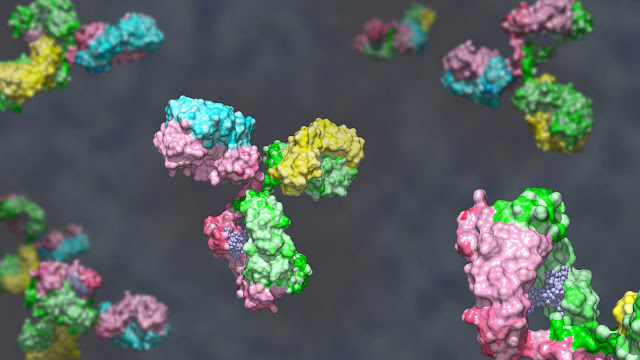Multiple Uses of Advanced Ceramics in Various Industrial Settings
 |
| Advanced Ceramics |
Advanced ceramics are inorganic,
non-metallic materials that have many unique properties. They are strong and
lightweight and are highly corrosion-resistant. They are also highly stable at high
temperatures, which allows them to be used in electronic components.
Furthermore, they act as semiconductors and insulators, making them ideal
materials for a variety of applications. Advancements in ceramics have enabled
new levels of performance in a variety of applications. Alumina, for example,
is a well-balanced white material that has been used for decades in mechanical
parts. It is available in varying degrees of purity, hardness, and
refractoriness. It is also a highly useful abrasive material, with high
mechanical strength, excellent wear resistance, and low density.
The Global
Advanced Ceramics Market was valued
at US$ 80,442.64 Mn in 2021 and is forecast to reach a value of US$ 122,101.00 Mn by 2030 at a CAGR of 6.72% between 2022 and 2030.
They can be used in cutting
instruments, microengineering, medical, and electronics industries. The mineral
moissanite is an excellent source of zirconia. Another example of advanced
ceramics is silicon carbide. Silicon carbide is a chemical compound of carbon
and silicon, which creates strong metals. Originally, it was formed through an
electro-chemical reaction of carbon and sand. It has many uses, including
abrasive materials, refractory resistors, and electric resistors.
Ceramics are manufactured using
various methods. One such method is spray-drying. This technique is often used
to produce multilayer structures and substrates for semiconductor devices. The
process is also used to make thin-film dielectrics for capacitors and
thick-film porous electrodes for fuel cells. The results are typically
spray-dried powders that are suitable for a variety of pressing processes.
Another area in which advanced ceramics has been developed is the artificial
production of gemstones. This has been made possible by the discovery of
oxygen-rich sialon. This material has high thermal shock resistance and
oxidation resistance. It can also be used in the aluminum industry. It has also
been used for refractories.



Comments
Post a Comment